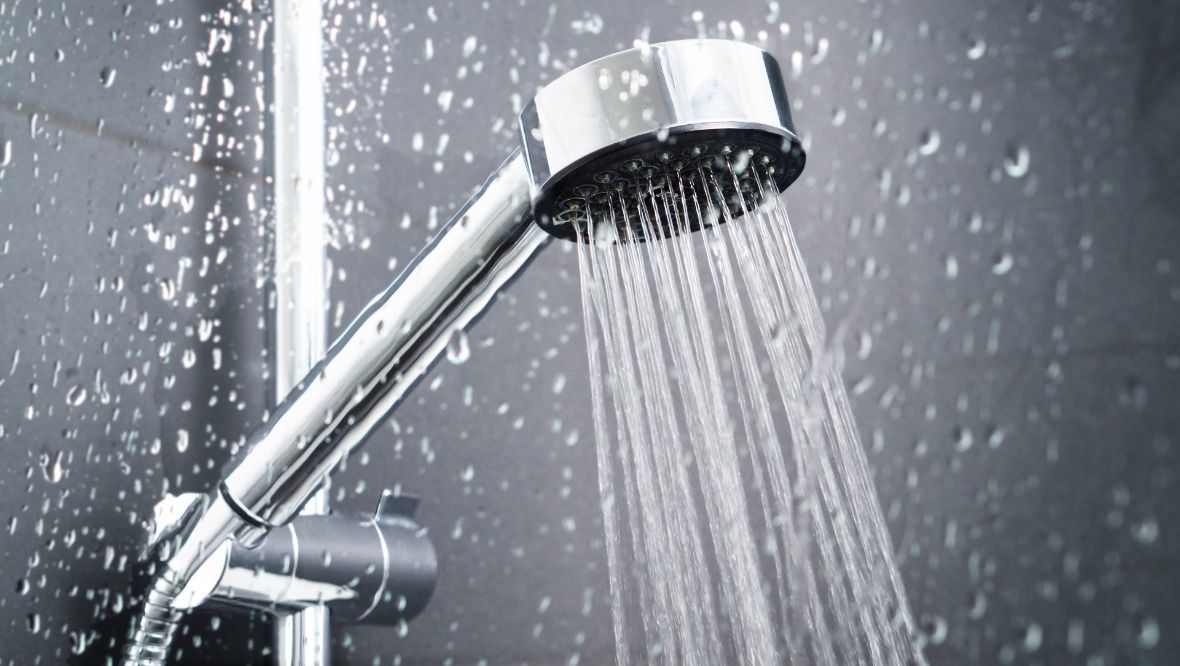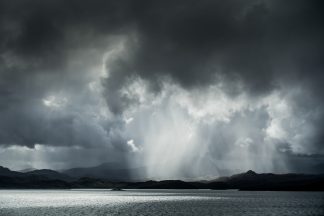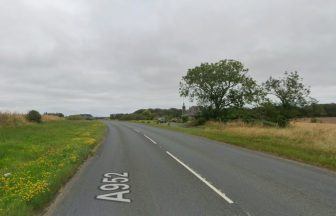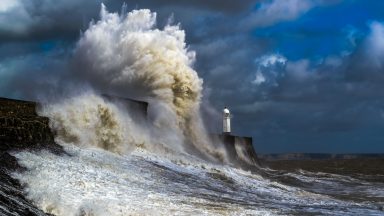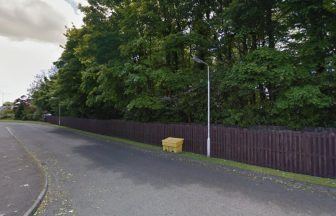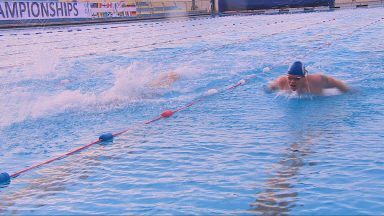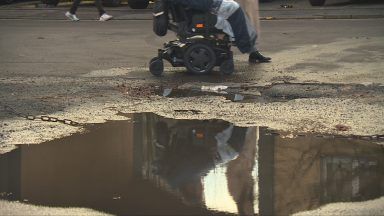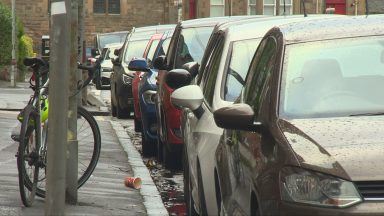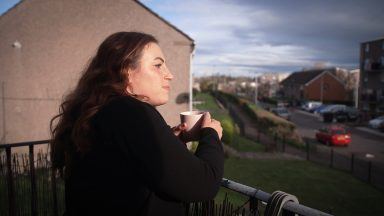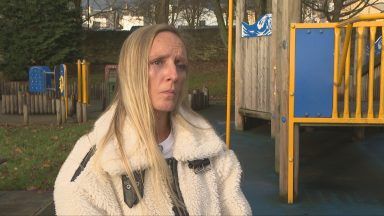Scottish Water is urging people to take shorter showers and avoid using hoses as Scotland faces its driest start to the year in 60 years.
The utility said it is not calling for a full hosepipe ban, but issued the warning to protect resources and maintain normal supplies across the country.
New advice asks people to take shorter showers, avoid using hoses, and only use their dishwashers or washing machines when fully loaded.
Scotland has experienced the driest period in more than half a century with only 59% of long-term average rainfall from January to April.
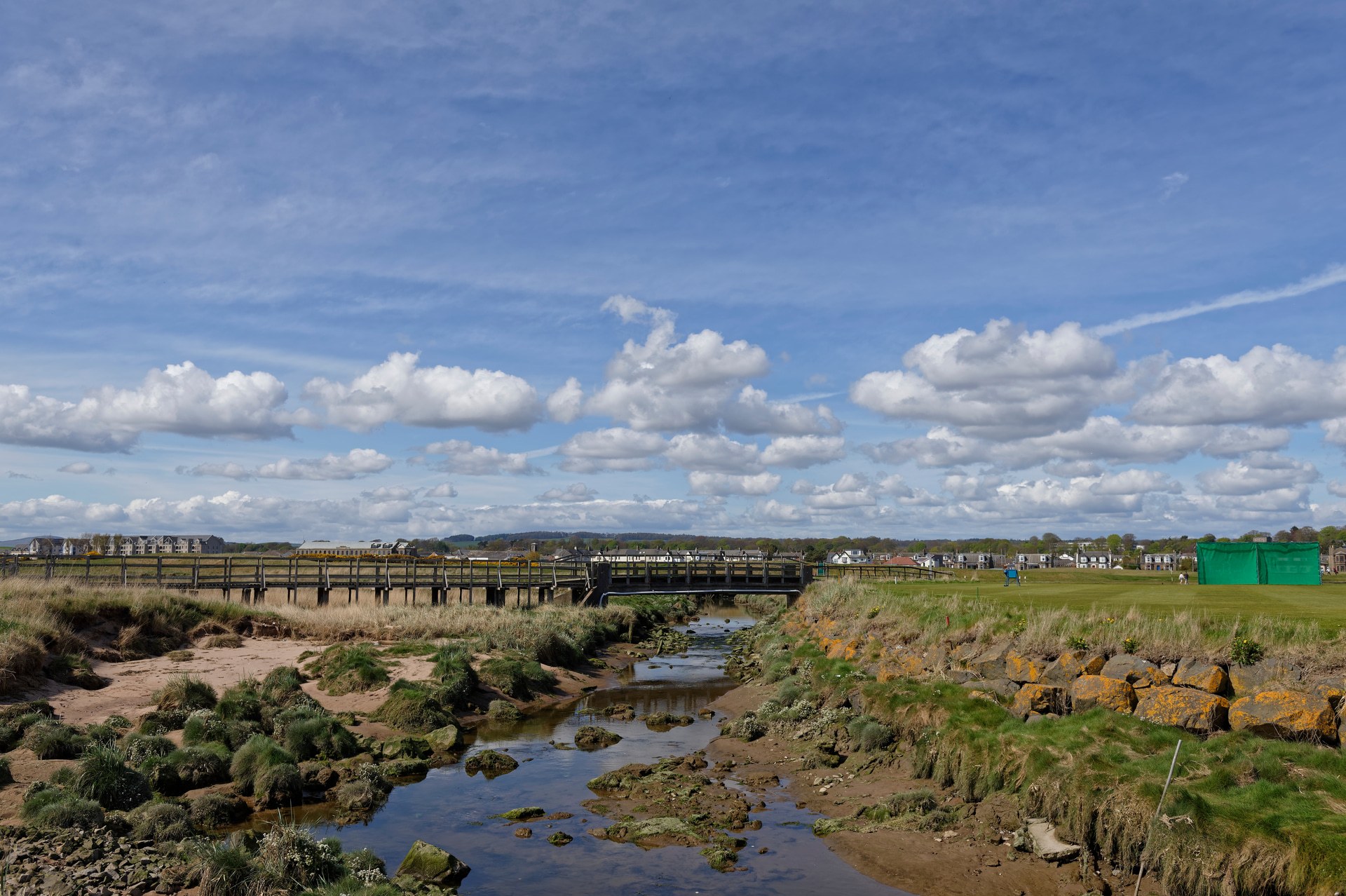 Adobe Stock
Adobe StockIt comes as Scottish Water warns there has been an increase of around 150 million litres per day in customer water usage since mid-April.
It added that average reservoir levels across Scotland are at 81% and this is 10% lower than average for this time of year and 9% lower than this time last year.
To ensure the public water supply is maintained Scottish Water is using tankers to supplement normal water supplies in some parts of the country such as: Gullane and Aberlady in East Lothian, areas north of Aberdeen such as Potterton, Middleton Park, and Belhelvie, Maybole, Turnberry and Maidens in South Ayrshire, Kippen and Balfron in west Stirlingshire, and the Strathpeffer area in Ross-shire.
Alex Plant, Scottish Water’s chief executive, said the company was working hard to protect the “precious resource”.
“We believe that a large part of the additional water use at the moment is in gardens so we would ask that customers are mindful of how much water they use there,” he said.
“Scotland’s climate is clearly changing and, as a country, we need to ensure we adapt both by investing appropriately in water infrastructure – which Scottish Water is doing – and ensuring we do what we can to use water more efficiently in our homes and businesses.”
He added that taking simple steps to reduce the volume of water used can make the supply “go further and help maintain normal supplies”.
The warning comes after previously postponed strike action by workers at Scottish Water is set to resume.
Unite the union said the company had “failed” to offer union members an improved pay offer.
Staff at the company had been due to walk out in early May, but this was postponed after last-minute talks led to what the Unite union described as a “potential breakthrough”, and “clear indications” a new pay offer would be tabled.
The union said the action would directly impact Scottish Water’s ability to respond to water leakages, flooding, pollution, and quality concerns.

Insight Sean Batty STV meteorologist
Some parts of Scotland have been astonishingly dry this spring, rainfall figures reveal.
In fact, it’s been so dry that East Lothian and eastern Fife have seen less rain than Gran Canaria, and Tiree has had less than Majorca.
When we average things out across the country, Scotland has had around 130mm of rain so far this spring.
There’s a hint that things might turn more unsettled in the final week of May, but even with rain, I’d say it’s unlikely we’ll top the 196mm recorded in spring 2001.
If that holds true, this could end up being our driest spring since the 1980s.
The SEPA rain gauge in Gifford shows the last rain here was on May 1, (minimal). The last ‘proper’ rainfall, was on 16 April!
The average rainfall for May in Gifford area is around 60mm with only 0.4mm falling so far this May. Interestingly Gifford had 140mm of rain in May 2024 – more than double the average!
Another interesting thing about this area is that it looks like rainfall has been below average every month since June 2024 – which is why we’re seeing much lower water reserves – not necessarily because of the last few months – but the cumulative of many months with less rain than usual.
At the moment, I think spring 2025 will fall somewhere between the very dry springs of 1980 and 1984, when 150mm and 188mm of rain fell, respectively.
That would make it the driest Scottish spring in over 40 years.
Follow STV News on WhatsApp
Scan the QR code on your mobile device for all the latest news from around the country


